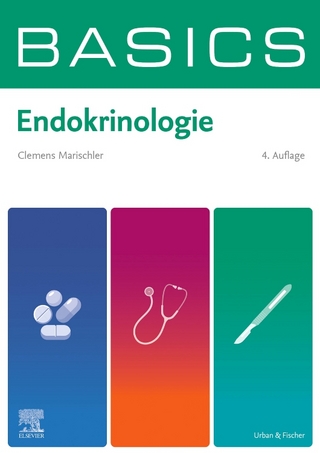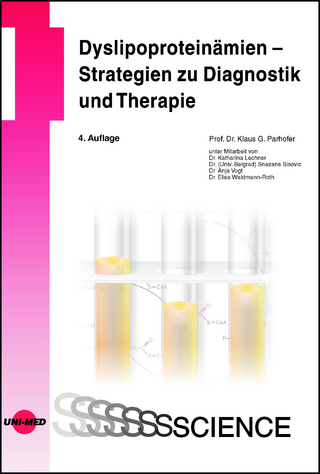
Molecular Dermatology
Humana Press Inc. (Verlag)
978-1-4939-5977-8 (ISBN)
Comprehensive and authoritative, Molecular Dermatology: Methods and Protocols emphasizes the vital importance of skin research and collects the methodologies necessary to aid scientists in moving forward in this valuable field.
Molecular Dermatology Comes of Age.- Molecular Diagnosis of Autoimmune Blistering Diseases.- Molecular Diagnosis of Genodermatoses.- Three-Dimensional Visualization of the Molecular Architecture of Cell-Cell Junctions In Situ by Cryo-Electron Tomography of Vitreous Sections.- 3D Visualization of Epidermal Langerhans Cells.- In Vivo Imaging of Lymph Node Lymphangiogenesis by Immuno-Positron Emission Tomography.- Optical Imaging of HPV Infection in a Murine Model.- Laser Scanning Microscopy Approach for Semiquantitation of In Vitro Dermal Particle Penetration.- Analysis of Cutaneous Somatic Mosaicism.- Global Proteome Analyses of SILAC Labeled Skin Cells.- MicroRNA Profiling During Human Keratinocyte Differentiation Using a Quantitative Real Time PCR Method.- Cell Death in the Skin: How to Study Its Quality and Quantity?.- In Vitro Pathogenicity Assay for Anti-Desmoglein Autoantibodies in Pemphigus.- Induction of Granulocyte-Dependent Dermal-Epidermal Separation by Autoantibodies Ex Vivo.- Analysis of Collective Invasion of Carcinoma Cells in a 3D Organotypic Model.- Isolation of Melanoma Tumor Initiating Cells from Surgical Tissues.- Detection, Enumeration, and Characterization of Immune Cells Infiltrating Melanoma Tumors.- Analysis of Cell Movement Between Skin and Other Anatomical Sites In Vivo Using Photoconvertible Fluorescent Protein “Kaede”-Transgenic Mice.- Reconstitution of Skin Fibrosis Development Using a Tissue Engineering Approach.- Bioengineered Skin Humanized Model of Psoriasis.- Induction of Contact Hypersensitivity in the Mouse Model.- Generation of Functional Multipotent Keratinocytes from Mouse Induced Pluripotent Stem Cells.- RNAi-Mediated Gene Function Analysis in Skin.- Mouse Models of Autoimmune Blistering Diseases Induced by the Passive Transfer of Antibodies.- Induction of Experimental Epidermolysis Bullosa Acquisita by Immunization with Murine Collagen VII.- Animal Model for Cutaneous Leishmaniasis.- Model for Generation of LargeNumbers of Primary, Inflammatory Skin-Derived Neutrophils and Macrophages.- Zebrafish as a Model System to Study Heritable Skin Diseases.- Cell- and Protein-Based Therapy Approaches for Epidermolysis Bullosa.- RNA Trans-Splicing for Genodermatoses.
| Erscheinungsdatum | 02.09.2016 |
|---|---|
| Reihe/Serie | Methods in Molecular Biology ; 961 |
| Zusatzinfo | XII, 460 p. |
| Verlagsort | Totowa, NJ |
| Sprache | englisch |
| Maße | 178 x 254 mm |
| Themenwelt | Medizin / Pharmazie ► Medizinische Fachgebiete ► Dermatologie |
| Medizinische Fachgebiete ► Innere Medizin ► Endokrinologie | |
| Studium ► 1. Studienabschnitt (Vorklinik) ► Biochemie / Molekularbiologie | |
| Naturwissenschaften ► Biologie ► Genetik / Molekularbiologie | |
| ISBN-10 | 1-4939-5977-8 / 1493959778 |
| ISBN-13 | 978-1-4939-5977-8 / 9781493959778 |
| Zustand | Neuware |
| Informationen gemäß Produktsicherheitsverordnung (GPSR) | |
| Haben Sie eine Frage zum Produkt? |
aus dem Bereich


